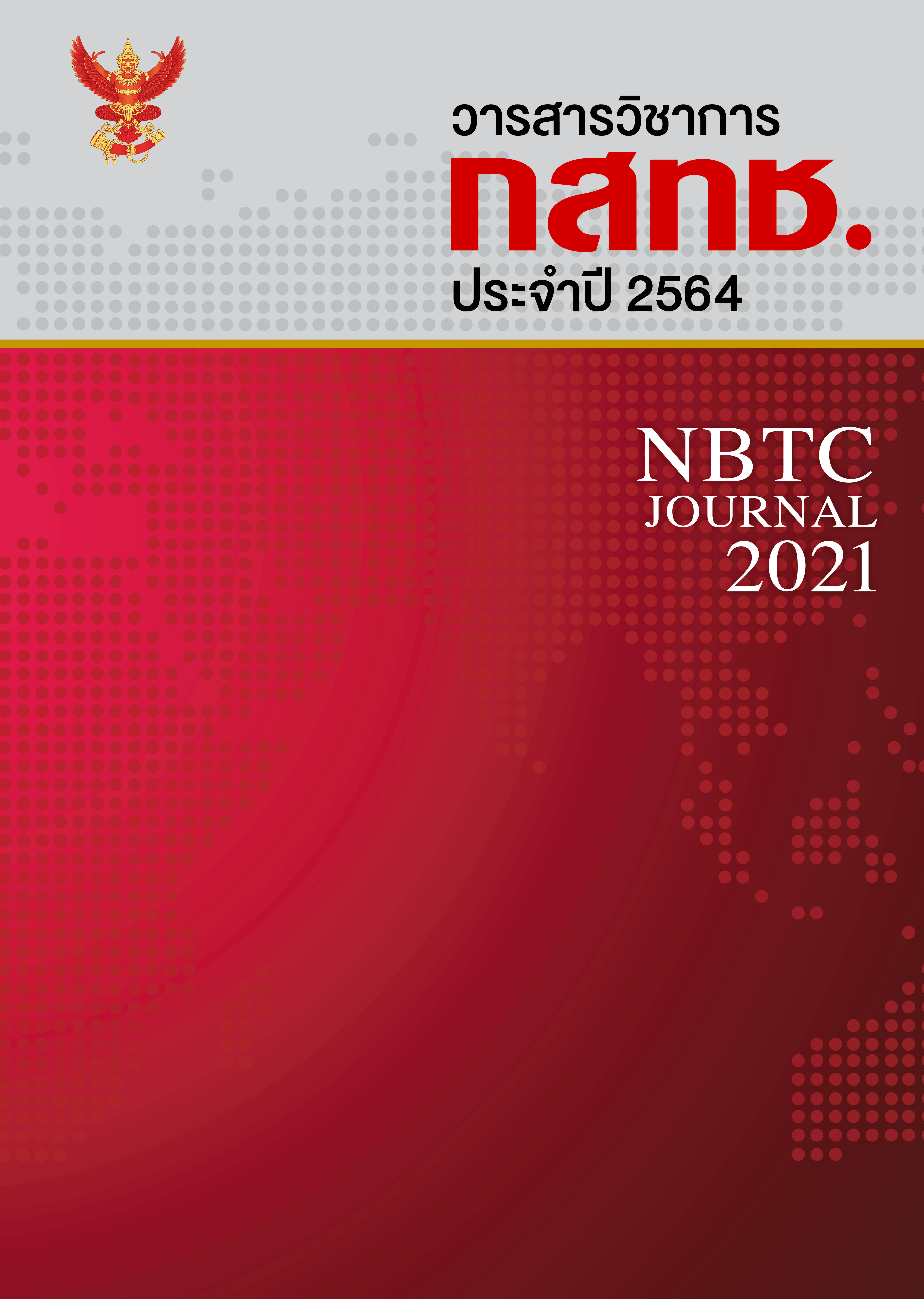Regulating Broadcasting and Telecommunications Sectors in Digital Era
Keywords:
Digital regulation, over-the-top, Competition, Spectrum management, Data protectionAbstract
The advancements in digital technologies bring new technologies as well as new services. Cloud computing, artificial intelligence, the Internet of Things, and 5G technology are commonly used in digital services, i.e. over-the-top (OTT) services. OTT players usually are multi-national companies and could operate their services anywhere in the world. The existing laws and regulations could not well facilitate new technologies and services, however. There is a need to amend related regulations. Regulations on competition, consumer and data protection, spectrum management, universal service obligation are included. This article aims to review and discuss the regulatory concerns where the regulator needs to take into consideration. The literature review was implemented as a research methodology. The results reveal that the regulator needs to reconsider the criterion in designating significant market power operators. In addition, new spectrum management strategies, e.g. network slicing and spectrum sharing, need to be considered. Data protection is also a new regulatory concern in data-driven economy. The regulator should consider these issues carefully and amend related regulations to facilitate operators and provide the best benefits to consumers.
References
Deloitte. (2015). Opportunities in Telecom Sector: Arising from Big Data. https://www2.deloitte.com/ content/dam/Deloitte/in/Documents/technology-media-telecommunications/in-tmt- opportunities-in-telecom-sector-noexp.pdf
GSMA. (2021). 5G Spectrum: GSMA Public Policy Position. https://www.gsma.com/spectrum/wp-content/ uploads/2021/04/5G-Spectrum-Positions.pdf
Internet Society. (2017). Paths to Our Digital Future. https://future.internetsociety.org/2017/wp -content/ uploads/sites/3/2017/09/2017-Internet-Society-Global-Internet-Report-Paths -to-Our-Digital- Future.pdf
International Telecommunication Union. (2018a). Assessing the Economic Impact of Artificial Intelligence. ITU Trends, 1. https://www.itu.int/dms_pub/itu-s/opb/gen/S-GEN-ISSUEPAPER-2018-1-PDF-E.pdf
______________. (2018b). Cloud Computing Standardization Roadmap. ITU-T Y.3500-series. https:// www.itu.int/rec/dologin_pub.asp?lang=e&id=T-REC-Y.Sup49-201811-I!!PDF-E&type=items
______________. (2019). Introducing the New G5 Benchmark …the Gold Standard for Collaboration amongst Regulators. https://www.itu.int/en/ITU-D/Conferences/GSR/2019/Documents/ G5-Benchmark_atGSR19.pdf
______________. (2020a). Global ICT Regulatory Outlook Series. https://www.itu.int/en/ITU-D/Regulatory- Market/Pages/giro20.aspx
______________. (2020b). ICT Regulatory Tracker. ITU. https://tracker.gen5.digital/metrics
International Telecommunications Union and The World Bank. (2020). Digital Regulation Handbook Conference edition. ITU. https://www.itu.int/pub/D-PREF-TRH.1-2020
Statista. (2021). Connected wearable devices worldwide 2016-2022. https://www.statista.com/ statistics/487291/global-connected-wearable-devices
Downloads
Published
How to Cite
Issue
Section
License
The Office of the NBTC holds the copyright of articles appearing in the journal. The Office of the NBTC allows the public or individuals to distribute, copy, or republish the work under a Creative Commons license (CC), with attribution (BY), No Derivatives (ND) and NonCommercial (NC); unless written permission is received from the Office of the NBTC.
Text, tables, and figures that appear in articles accepted for publication in this journal are personal opinion and responsibility of the author, and not binding on the NBTC and the Office of the NBTC. In case of errors, each author is solely responsible for their own article, and not concerning the NBTC and the NBTC Office in any way.



